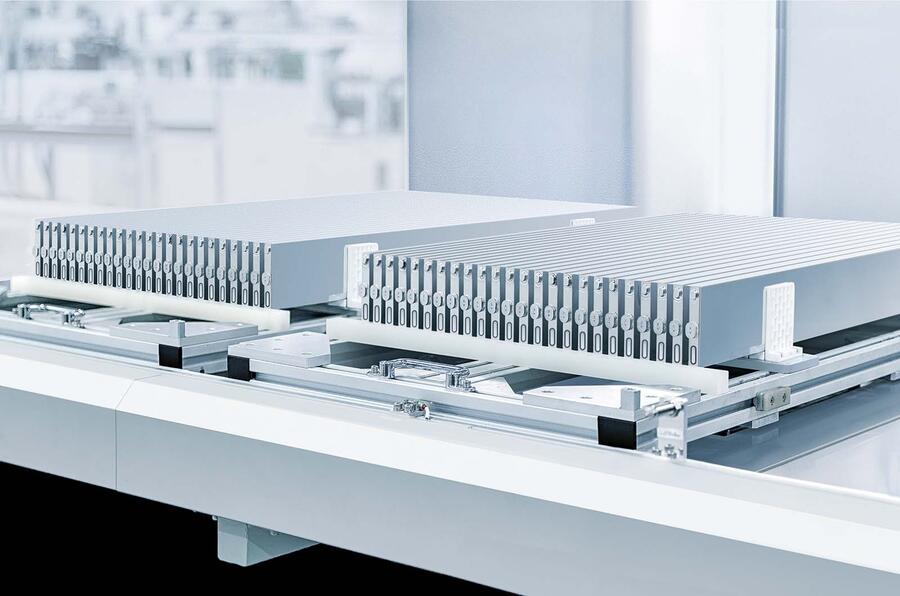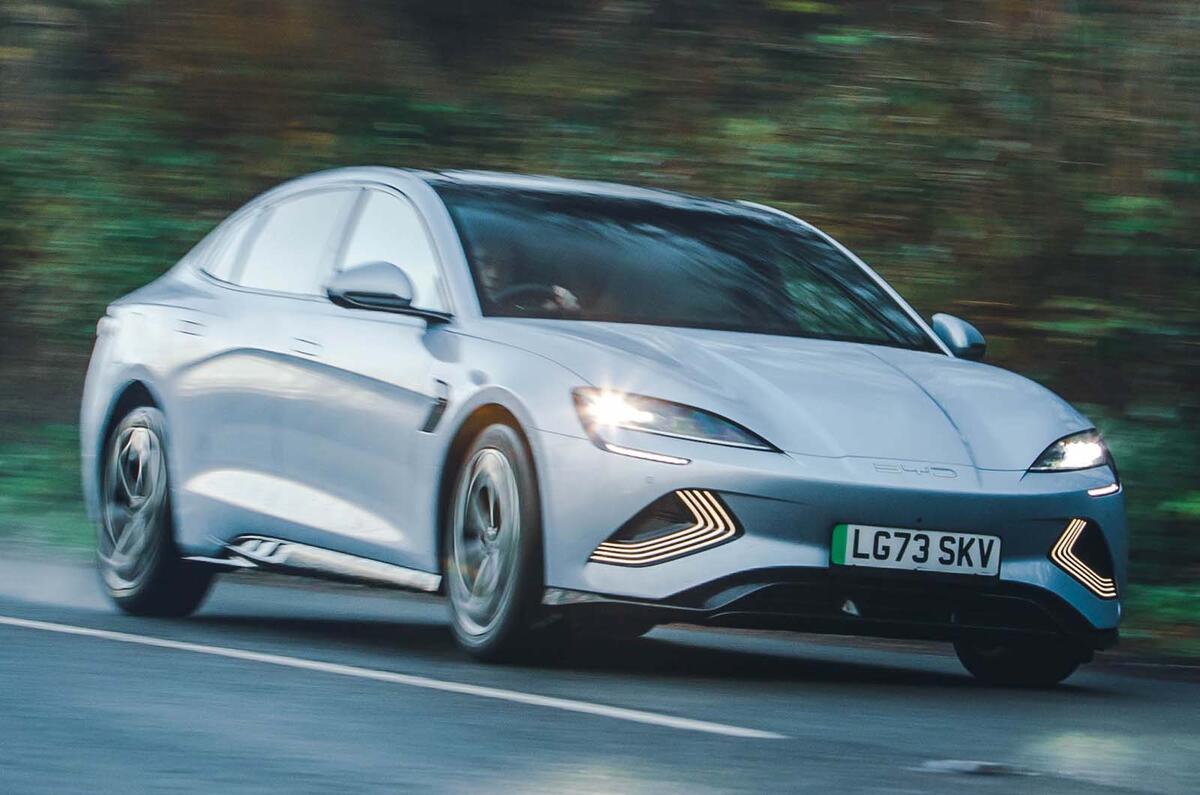EV drivetrains and particularly batteries are developing at a remarkable pace compared with the combustion engine.
As a result, range has increased but probably even more marked is the desire to bring charging times in line with ICE refuelling.
BYD recently announced its Super e-Platform along with the latest ‘flash-charge’ version of its lithium-iron-phosphate (LFP) Blade battery, which is promised to get close to ICE refuelling times by recharging in six minutes.
The new platform is claimed to support charging at up to 1000kW, which seems incredible given the typical rapid-charge rate was 50kW just a few years ago.
The name Blade describes the unusual design of the battery, where long, slim cells almost a metre in length make up the pack, rather than modules packed full of smaller pouch, cylindrical or prism cells.
In that sense it’s unusual, but its LFP chemistry isn’t. The advantage of LFP lies in being economical, cobalt- and nickel-free and, above all, safer. LFP battery chemistry is often used in stationary battery systems (including domestic solar systems) and releases heat slowly and doesn’t release oxygen if damaged.

BYD has demonstrated that its Blade battery cell passes the nail penetration test without emitting fire or smoke, whereas a cell based on alternative chemistry like NMC (lithium, nickel, manganese, cobalt oxide) subjected to the same test reacts violently.
While the basic chemistry of the LFP battery isn’t extraordinary, achieving a charge rate of 10C for the BYD flash-charge battery is. The ‘C’ rate is the rate at which a battery charges relative to its capacity and illustrates how quickly a battery can accept and discharge energy.







Join the debate
Add your comment
Yes, in a similar fashion to max'ing out the revs on an ICE with every gear change. In the last 2 years I would never have needed to use such a rapid overpriced charger, let alone charge the battery to 100%.
Just how many days does a 70kwh battery, normal resistance, take to go flat sitting on your drive?
Here's hoping this battery does succeed in giving parity with ICE refuelling,ok, infrastructure will take time to catch-up,but, this would definitely get me into an EV if you can charge up like an ICE car, you know, drive into the charge station plug in ,fill up,pay then go in about ten minutes or so.
No mention of how much such rapid charging, may affect the overall lifespan of the batteries.
BYD offer an 8 year 125,000 mile warranty on the traction battery of their EVs.
Never seen a mention of the effect on an ICE if you max out the revs before every gear change either.